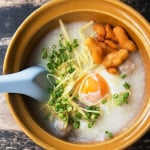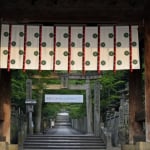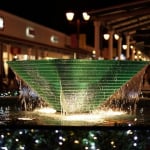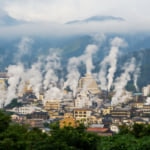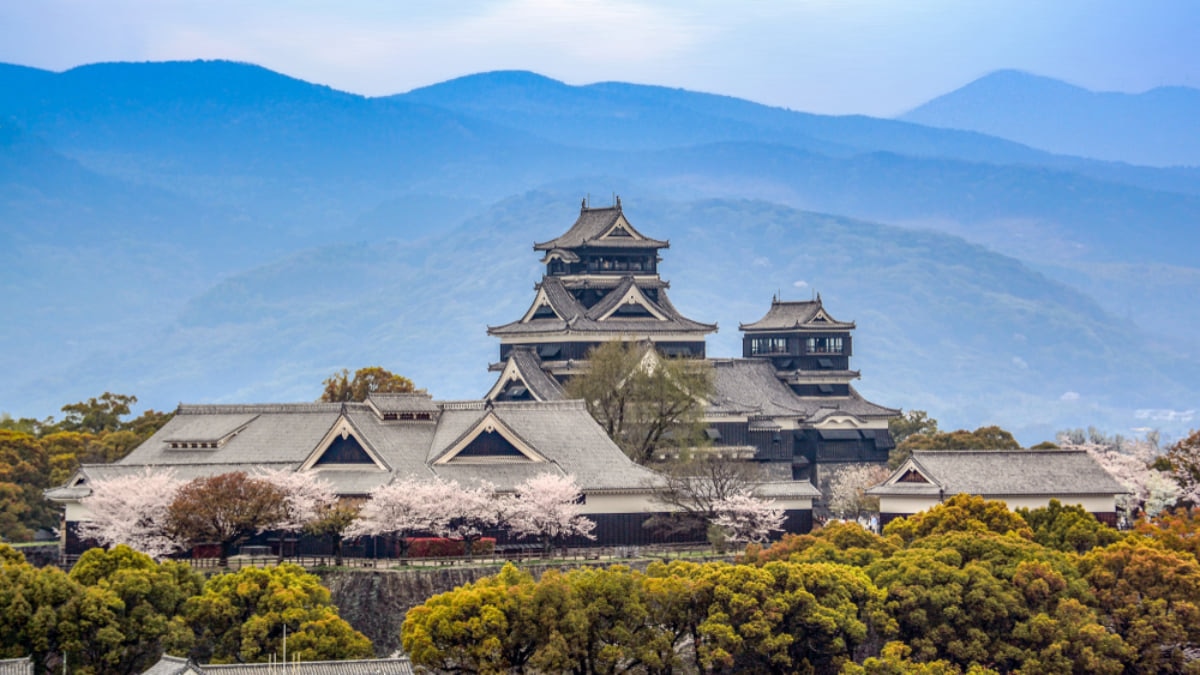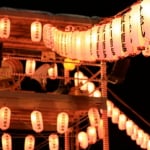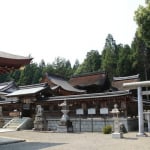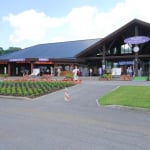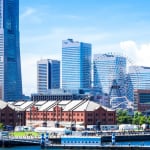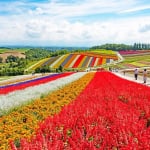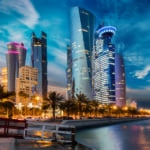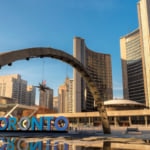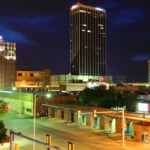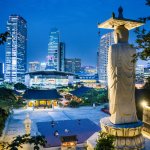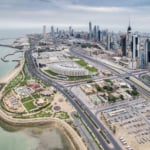Photo by Suradech Singhanat/Shutterstock
The Top 5 Things to Do in Kumamoto City, Hometown of Kumamon the Bear
Kumamoto is known for the ancient Kumamoto Castle, a splendid hilltop castle with many structures dating back to their original construction during the Edo Period. Further bolstering the prefecture’s positive image is its iconic mascot, Kumamon, a black bear with rosy red cheeks appearing on everything from liquor labels to lip balm. At the prefectural capital, Kumamoto City, learn about Japanese history, rub elbows with the locals at Shimotori and delve into the world of modern art.
table of contents
[x] close
The Top 5 Things to Do in Kumamoto City, Hometown of Kumamon the Bear
Kumamoto Castle Park
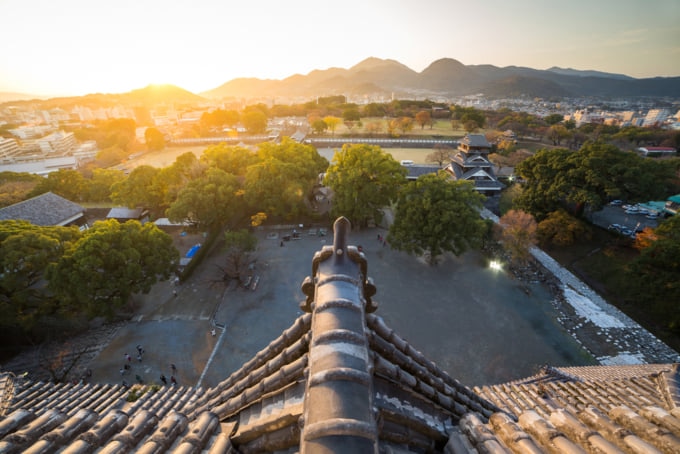
Photo by Kanuman/Shutterstock
Kumamoto Castle is the prefecture’s most iconic landmark, and is known as one of the top three most spectacular castles in Japan. Many of the castle’s structures are designated as Important Cultural Properties, although the main keep and inner castle grounds won’t be opened to the public until 2021 as they undergo repairs following the 2016 earthquake. The castle grounds are spacious, however, and visitors can still explore the walking areas and admire the some 800 cherry trees come spring. The Kumamoto City Museum, Hosokawa Mansion and the Kumamoto Prefectural Museum of Art are located immediately west of the castle.
Johsaien Castle Town
Also known as the Sakuranobaba Johsaien, this lively shopping district is lined with traditional wooden shopfronts, paper lanterns hanging from the eaves and the shadow of Kumamoto Castle overhead. The neighborhood is a recreation of a traditional Edo Period castle town, and transports visitors back in time to Japan's feudal era, when the lord of Kumamoto Castle reigned over the land. Johsaien has quickly risen to become the premier place to shop for souvenirs and dine on regional specialties while visiting Kumamoto City.
Shimotori and Kamitori Shopping Arcades
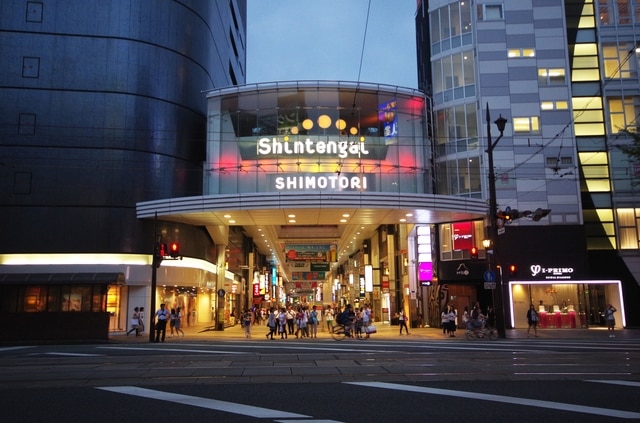
Photo by うげい/Pixta
Shimotori Shopping Arcade is the largest covered shopping street in the prefecture, and the premier place to shop for fashion and accessories in the city. While the daytime is great for shopping and a light lunch, the street also has a huge variety of restaurants and bars open late, and is known for its lively nightlife. On the other side of Densha-dori, Kumamoto’s main street, Kamitori Shopping Arcade is slightly smaller and a bit more dated but no less interesting. Best of all, Kumamoto’s best shopping districts can be enjoyed rain or shine.
Suizen-ji Joju-en Garden
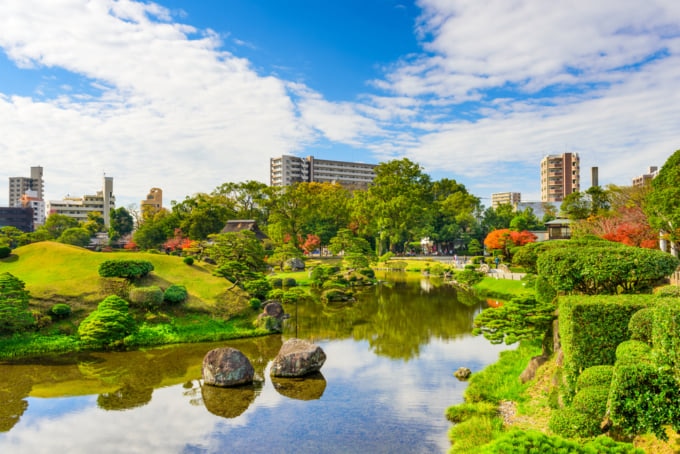
Photo by Sean Pavone/Shutterstock
One of Kumamoto’s most-visited sights, the Suizen-ji Joju-en is a sprawling landscape garden designed to represent the 53 post towns along the Tokaido, one of the most important shipping routes during the Edo Period. The garden was commissioned and built by the prominent Hosokawa family during the 1600s. Some of the highlights of Suizen-ji Garden are Izumi Shrine, the Sacred Water of Longevity fountain and Kokindenju No Ma, a historic thatched roof house which now houses a wagashi (Japanese sweet) shop.
The Contemporary Art Museum of Kumamoto
The Contemporary Art Museum of Kumamoto’s permanent installations include The Infinity Mirror Room by Yayoi Kusama and Library for Human Use by Marina Abramovic. These along with other famous artworks are displayed permanently at or around the Home Gallery near the entrance to the museum. Temporary exhibitions in the galleries frequently feature local Kumamoto and Japanese artists, and are a great introduction to the modern art scene in Japan.
In Conclusion
Rising from the ashes of the 2016 Kumamoto Earthquakes, this charming, laidback city is ready to welcome visitors with open arms. Whether strolling through the castle town in traditional kimono or admiring the scenery at the city’s most beloved garden, the quiet nature surrounding Kumamoto City and the friendly locals are sure to capture your heart.
